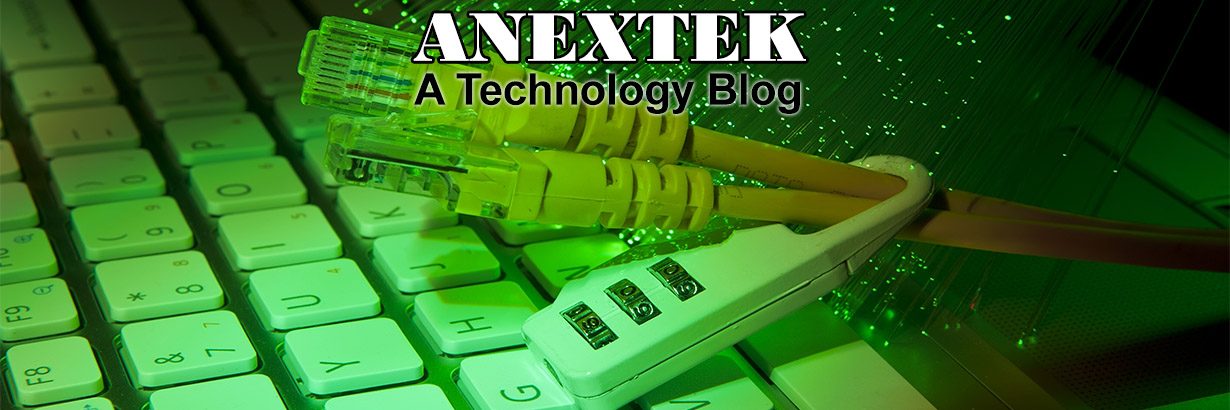Putting together a PC using parts can be very satisfying especially when you get it to work perfectly.
And no, it’s not as difficult as it seems, even if it does seem that way as there are a few steps that one has to follow in order to build a working PC.
So, here are 4 steps to building your own PC:
#1: Before you buy
You have to watch out for the parts that you have to buy. Some of these parts, in particular motherboards and processors, are not always compatible with each other. Of course, you could do with some homework on your own or else check in with the site: PCPartPicker.com.
Also, don’t forget to buy extra cabling and also select a decent power supply.
#2: Before you build
Staying organized is vital when building a PC and in particular, requires you to keep track of a number of screws and cables that you will be using. Building the PC itself should be simple if you’ve worked on a number of DIY projects in the past as well as have the manuals handy. Make sure you follow the step-by-step process properly or else you will have to reassemble the machine again.
#3: Preparation of the motherboard
Before anything else, install the I/O shield, which is the cover for the ports on the rear of the PC, in the case. After this, install the CPU and CPU cooler but do so only if the latter is a small cooler. Finally, install the RAM but make sure you read the manual carefully. Now, if you are using an aftermarket cooler, then it would help to apply some thermal paste as well.
#4: Putting it all together
With the other components installed, now place the motherboard and screw in the risers. If you are using a small case, then install the power supply before the motherboard. Check to see if you’ve installed your graphics card in the right PCI Express slot.
